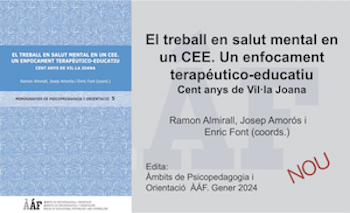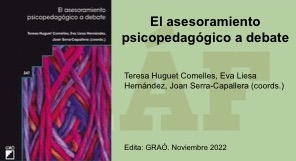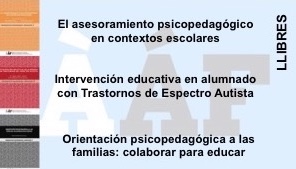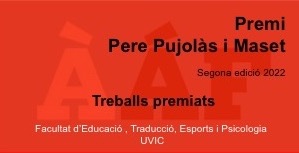Some ideas about school mediation ... and a thousand conflicts
Abstract
The presence of conflicts in educational centers leads to the search for effective and educational intervention strategies. School mediation breaks with the culture of confrontation and disaggregation of opinions and people, proposing the peaceful transformation of conflicts and the educational agents who practice it. In addition, it generates new learning in areas such as communication, emotions and feelings, creative and critical thinking, understanding of diverse realities, cooperation and the cultivation of peace. However, mediation is not the only means of intervention aimed at improving coexistence, as can be seen from the good practices that exist in those centers that, sensitive to the difficulties of coexistence, have developed human training programs integral. Mediation does not serve to solve any type of problem and requires certain attitudes and skills on the part of the entire educational community. In a world where violence still appears as a valid resource, schools can and must provide solutions based on dialogue and respect.
References
Boqué, M.C. (2002). Guia de la mediació escolar. Programa comprensiu d’activitats, etapes primària i secundària. Barcelona: Associació de Mestres Rosa Sensat (Octaedro en castellà).
Boqué, M. C. (2003). Cultura de mediación y cambio social. Barcelona: Gedisa.
Casamayor, G. (coord.). (1998). Cómo dar respuesta a los conflictos. La disciplina en la enseñanza secundaria. Barcelona: Graó.
Cornelius, H. i Faire, S. (1996). Tú ganas, yo gano. Cómo resolver conflictos creativamente … y disfrutar con las soluciones. Madrid: Gaia Ediciones.
Crary, E. (1994). Crecer sin peleas. Cómo enseñar a los niños a resolver conflictos con inteligencia emocional. Barcelona: Integral.
Departament d’Ensenyament de la Generalitat de Catalunya. (2003). La convivència en els centres docents d’ensenyament secundari. Programa i propostes pedagògiques. Barcelona: Generalitat de Catalunya.
Diez, F. i Tapia, G. (1999). Herramientas para trabajar en mediación. Buenos Aires: Paidós.
Faber, A. i Mazlish, E. (1997). Cómo hablar para que sus hijos le escuchen y cómo escuchar para que sus hijos le hablen. Barcelona: Medici.
Fernández, I. (1999). Prevención de la violéncia y resolución de conflictos. El clima escolar como factor de calidad. Madrid: Narcea.
Horowitz, S. R. (1998). Mediación en la escuela. Resolución de conflictos en el ámbito educativo adolescente. Buenos Aires: Aique.
Jares, X.R. (2001). Educación y conflicto. Guía de educación para la convivencia. Madrid: Editorial Popular, S.A.
Johnson, D.W. i Johnson, R.T. (1999). Cómo reducir la violencia en las escuelas. Buenos Aires: Paidós.
Judson, S. (ed.) (2000). Aprendiendo a resolver conflictos en la infancia. Manual de educación para la paz y la noviolencia. Madrid: Catarata.
Romero, C. (1999). Mediació escolar. (Quadern d’estudi núm. 2). Barcelona: ICESB.
Torrego, J. C. (coord.) (2000). Mediación de conflictos en instituciones educativas.Manual para formación de mediadores. Madrid: Narcea.
Tuvilla Rayo, J. (comp.) (1994). La escuela: Instrumento de paz y solidaridad. Sevilla: Publicaciones M.C.E.P.
Downloads
Published
Issue
Section
License
The authors maintain their copyright and give the right to the first publication of the work to the journal, registered under a Creative Commons Attribution-Non Commercial-NoDerivs license. This license allows others to download the works and to share them with others as long as they credit the author, but it does not allow for any kind of modification or commercial use.















